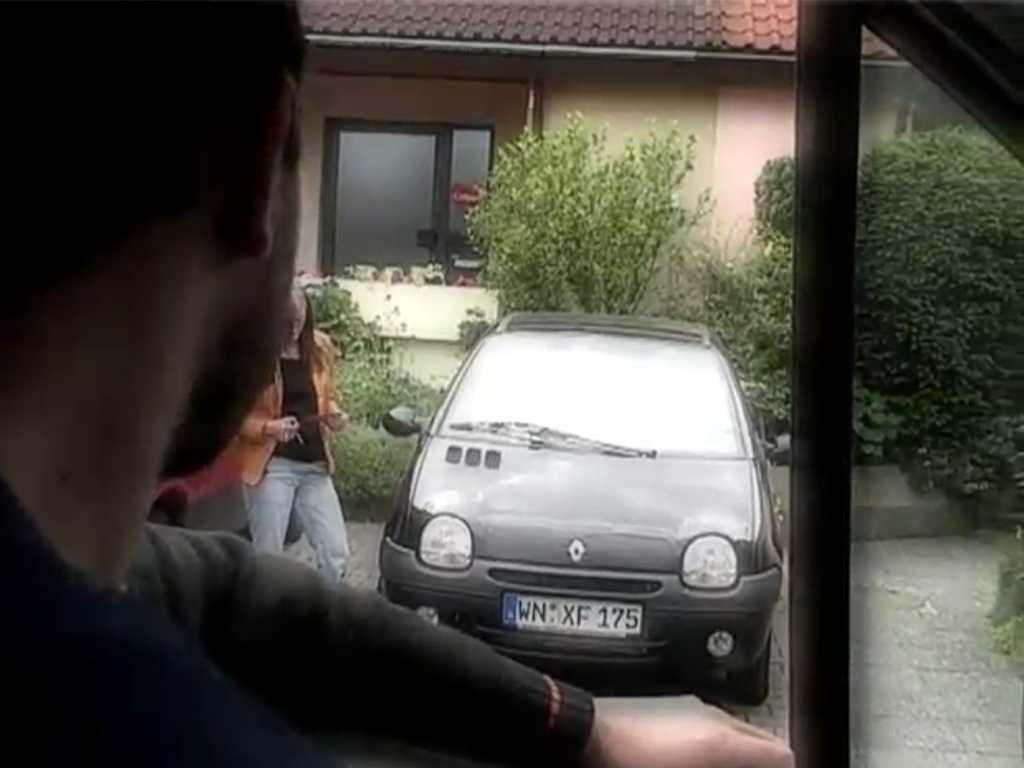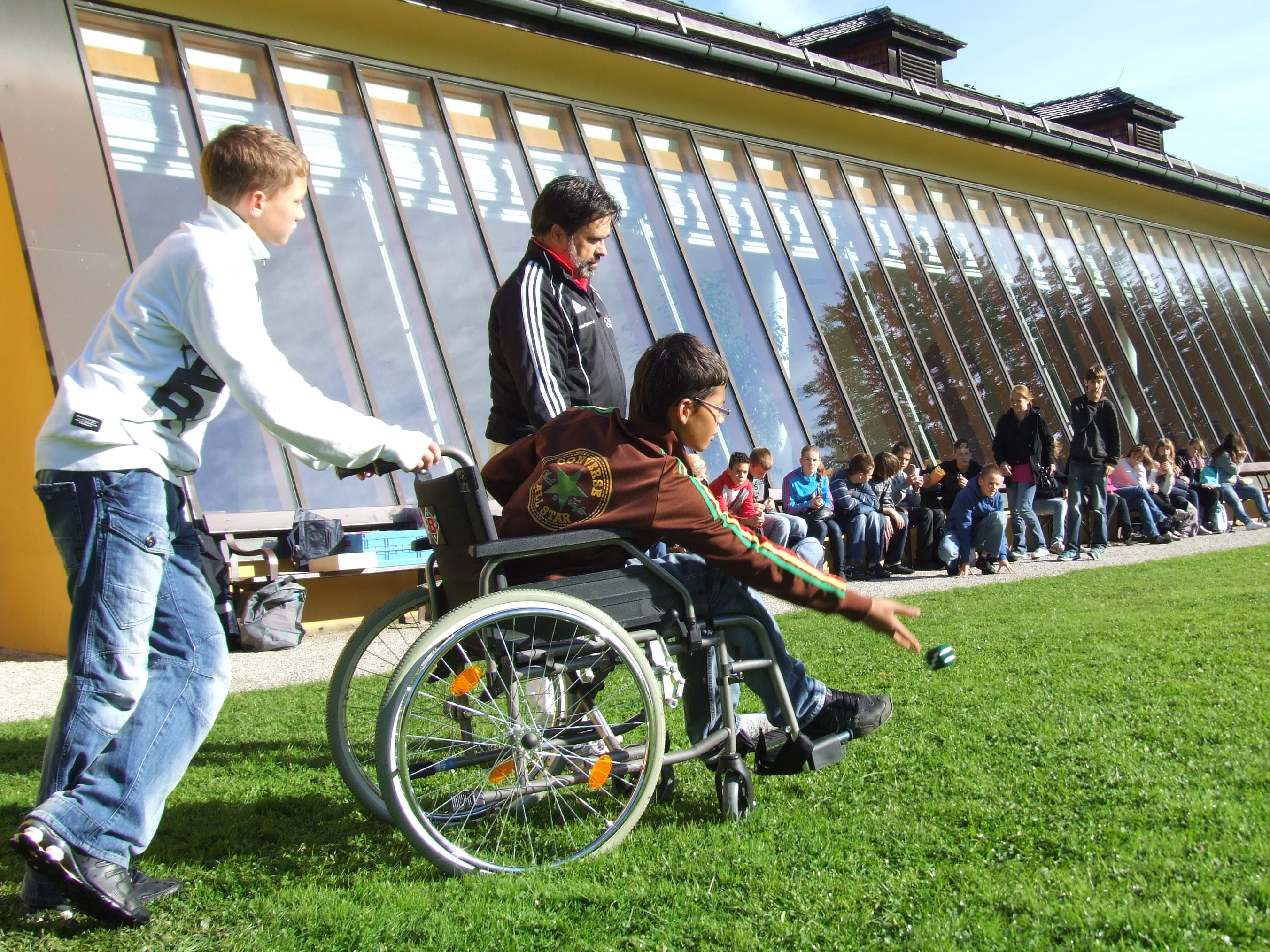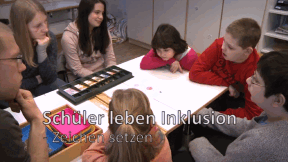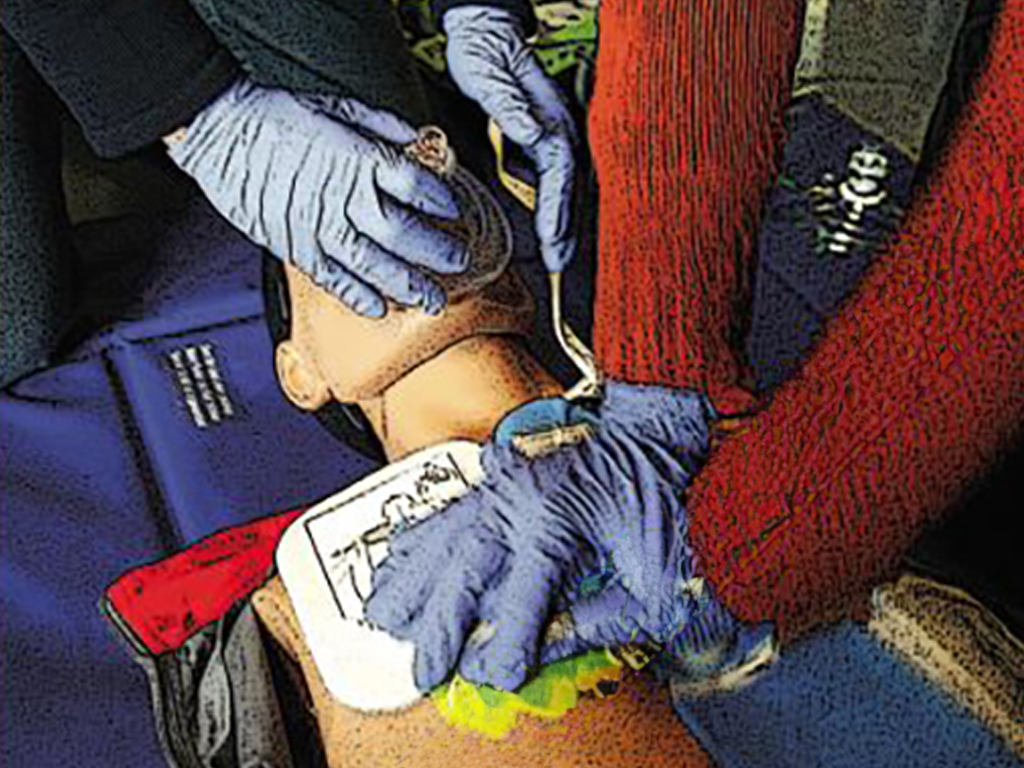 Physics, Primary School
Physics, Primary School

4677058 / 5564353
Electricity
From Turbine to Socket
How is the electricity generated with which we power our appliances in everyday life?
The magic words are ‘charge‘ and ‘voltage‘.
Electricity is created when bodies have different charges. If you rub a balloon with a cloth and hold it close to your hair, the hair is attracted by the balloon. By friction the balloon is charged, thus a voltage is generated between the balloon and the hair. Objects that are differently charged attract each other and the voltage tends to balance itself.
As a rule, matter is neutral. That means the atoms bodies consist of have an equal amount of positive and negative charges. But if you rub specific materials like the balloon and the cloth here, the charges are separated. The electrons with their negative charge are transferred to one object, whereas the other object is charged positively.
However, as matter seeks a balance and wants to equalise the charges, the opposites attract each other. And the greater the separation of the charges, the higher the voltage, and the higher the voltage, the more objects are attracted and seek a balance.
You realise how important and self-evident electricity has become in our everyday lives only when it is no longer there.
At home, household appliances run by electricity would not work anymore. The refrigerator would not cool anymore, the heater would not heat anymore. No washing machine, no telephone, no television, no game consoles – and, of course, we would suddenly be plunged into darkness if the light went out. Even a flashlight would not help because it works with electricity as well even though this electricity does not come from the socket but from a battery. Without electricity we would actually be in the dark.

Curriculum-centred and oriented towards educational standards
Matching
Stalking
n Germany, 12 % of all federal citizens are pursued by a stalker once in their lives. And not only celebrities are among their victims! Everyone may be confronted with such a situation.
Pupils Practise Inclusion
When people come together, no matter under what concomitant circumstances – ultimately, it is about how these people meet and how openly they interact with one another.









